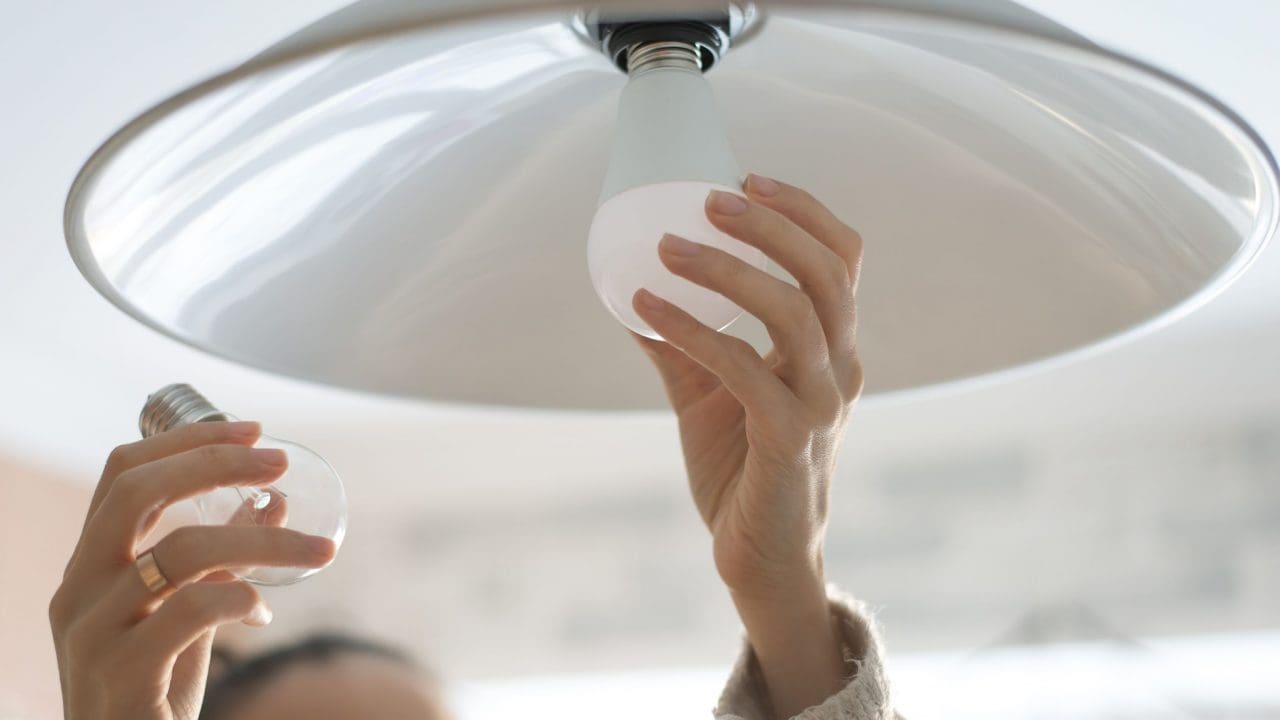Soon 40- and 60-watt incandescent bulbs will no longer be manufactured.
As part of the Energy Independence and Security Act of 2007 – which was signed into law by President George W. Bush – standards for energy efficiency will halt the creation of lighting solutions that use too much electricity, both in the residential and commercial lighting sectors. Each year, the energy consumption threshold becomes stricter, increasing the required efficiency. At the start of 2013, the manufacture of 70- and 100-watt incandescent bulbs was halted, and 40- and 60-watt bulbs are the next to go at the start of 2014.
Standards under EISA are meant to move the lighting market away from inefficient incandescent bulbs that expend 90 percent of their energy as heat rather than light. Some lawmakers have been unhappy about the legislation because they feel that it limits consumer choice. However, for many policymakers and customers alike, the benefits of switching over to more efficient bulbs – such as LED lighting systems – are worth the change and initial investment.
As a result of EISA, lighting manufacturers are directing a lot of research and resources to LEDs, making the bulbs more affordable while improving efficiency and luminous efficacy. Although inefficient incandescent bulbs will be off the market soon, there are LED options that offer equivalent brightness while using 80 percent less energy.





